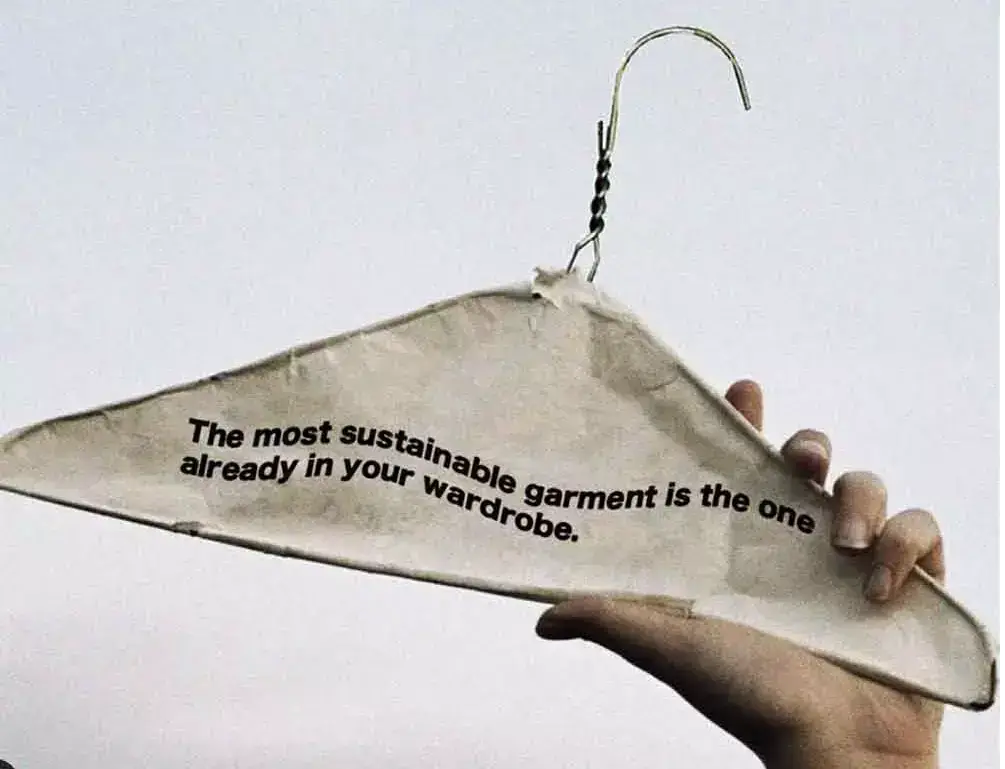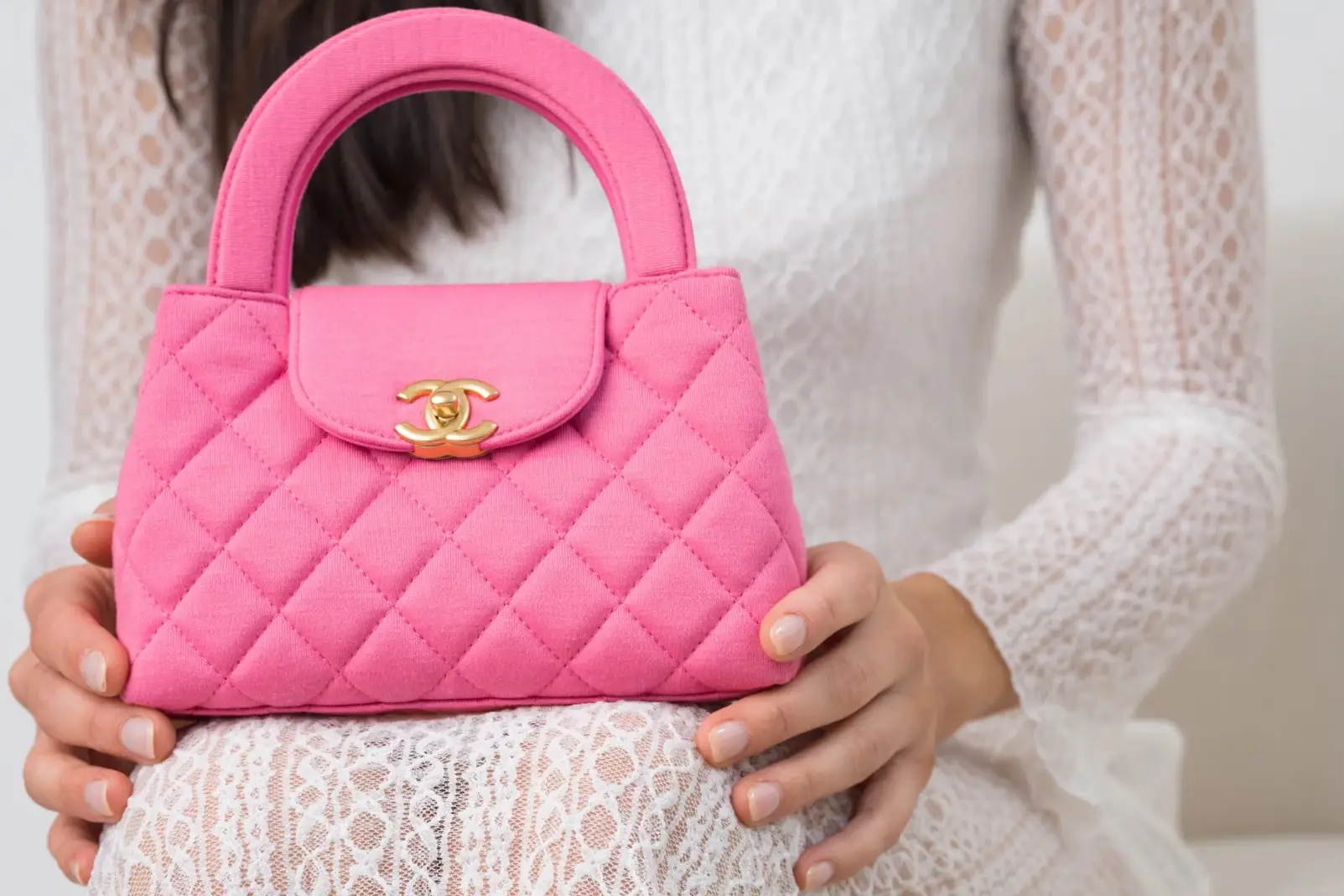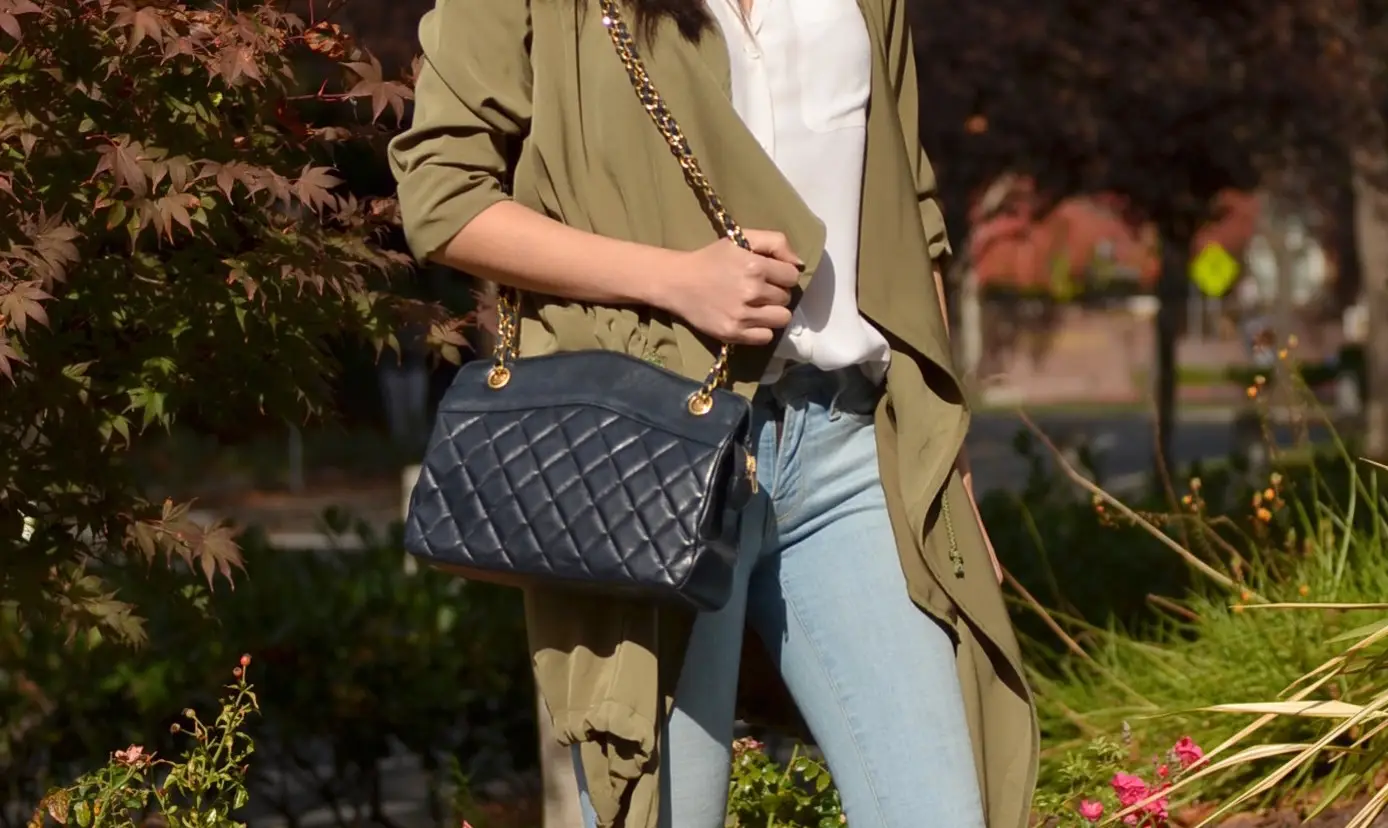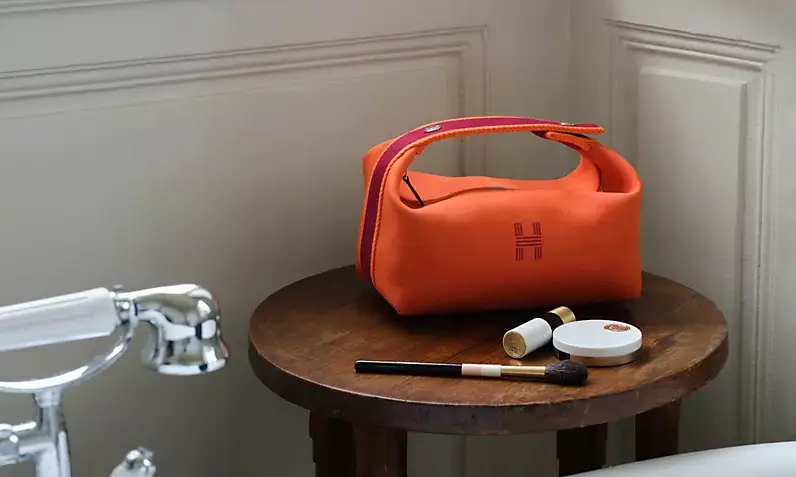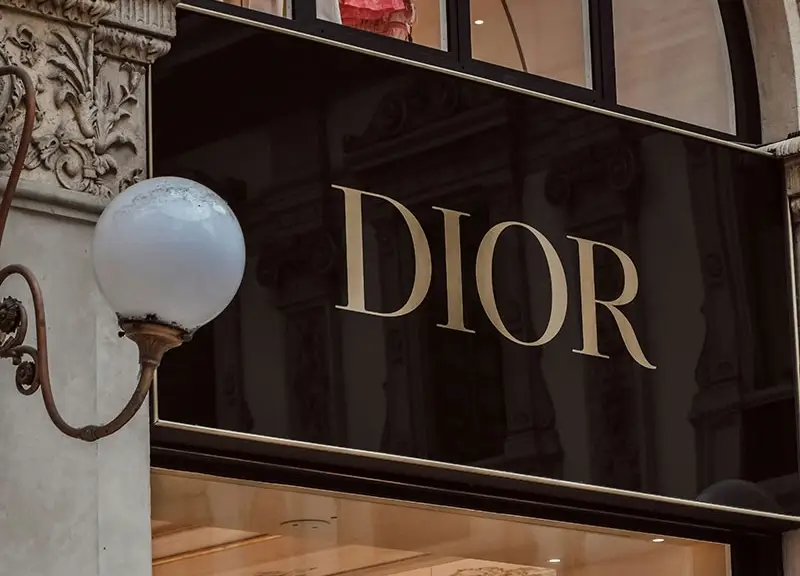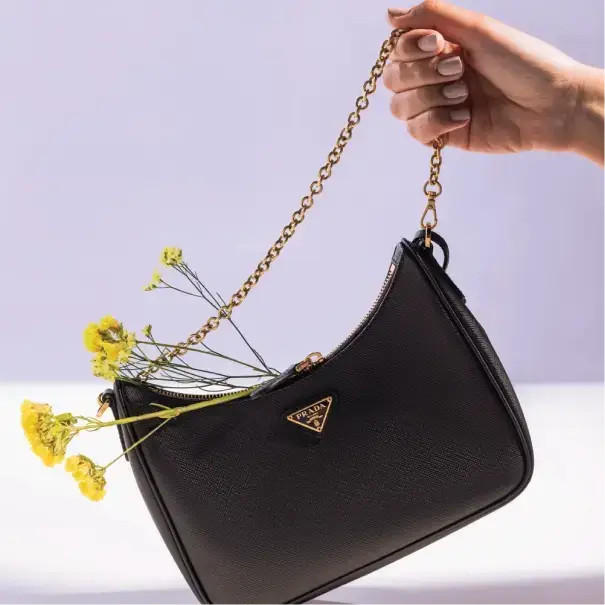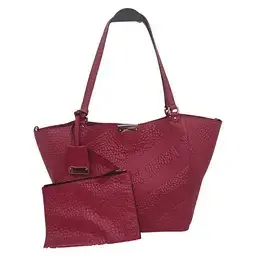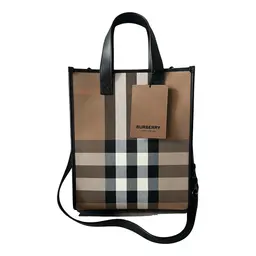Let’s cut to the chase: the global fashion industry is a key contributor to environmental hazards, with fast fashion being one of the main culprits! As consumers become more aware of the negative impact of fast fashion, sustainable fashion went flat-out to emerge as a potential solution. However, the question on whether sustainable fashion is inclusive or elitist caused a stir. Let’s delve deeper and lock the debate!
While sustainable fashion is often associated with high-end luxury brands, the perception is that it’s only accessible to the elite because of its eye-popping price tags. This approach has been fueled by the fact that sustainable fashion items tend to be more expensive than fast fashion garments. Wondering why that is?
-
- Sustainable fashion uses high-quality, eco-friendly materials that are more expensive to produce than conventional fabric, which are often produced in smaller quantities, can be more difficult to source and can drive up the cost.
-
- Time-consuming and intricate production processes than conventional fashion. For example, some brands may use traditional artisanal techniques requiring more time and skill than mass production methods.
- Sustainable fashion brands may also prioritize ethical and fair labor practices, which can result in higher wages and better working conditions for their employees, adding to the overall cost of production and therefore, the final price of the product.
However, don’t take everything as gospel truth in a flash! Sustainable fashion does not necessarily mean an expensive one, and there are many affordable eco-friendly fashion options out there in the market! Awareness though is trailing behind.
The fashion industry is one of the largest employers in the world. However, workers’ rights are not being respected therein, and this has drawn criticism. At Libas Collective, we believe that by promoting sustainable fashion, we can create both an all-encompassing ethical movement that benefits everyone, from the farmers who grow the raw materials to the consumers who wear the clothes and Earth itself. It goes beyond the garments’ cost of production and price tags. It’s about the impact that fashion has on the environment and society. A circular fashion economy focuses on reducing waste, minimizing carbon footprint, and promoting fair labor practices. So, not only is the environment thanking us, but we are also establishing social justice.
Moreover, educating consumers about the impact of their shopping behaviors is crucial to make sustainable fashion more reachable. Fashion brands and e-commerce platforms for buying and selling pre-loved designer clothing are standing on the tipping point of communicating the awareness of making sustainable choices.
On that note, fashion writer Cora Harrington, whose takes on more mindful shopping habits have sparked outrage on social media, took a stand in the conversation, “A lot of people have their identity wrapped up in shopping and identifying with these brands….It’s difficult for them to let that go.” But they can be halfway there!
So, keep embracing your interests, but with small changes in your perception and habits that can actually and positively alter the course. See, sustainable has never been more appealing!
Know more about HOW IS RESALE IMPROVING THE FUTURE OF THE INDUSTRY.

